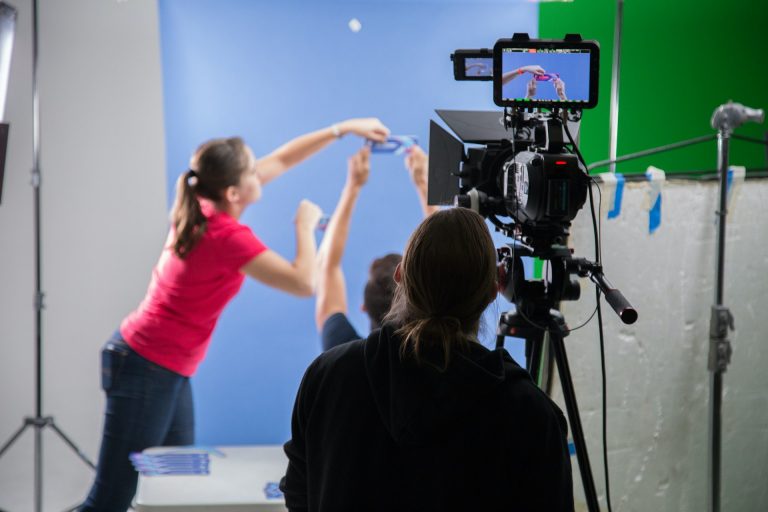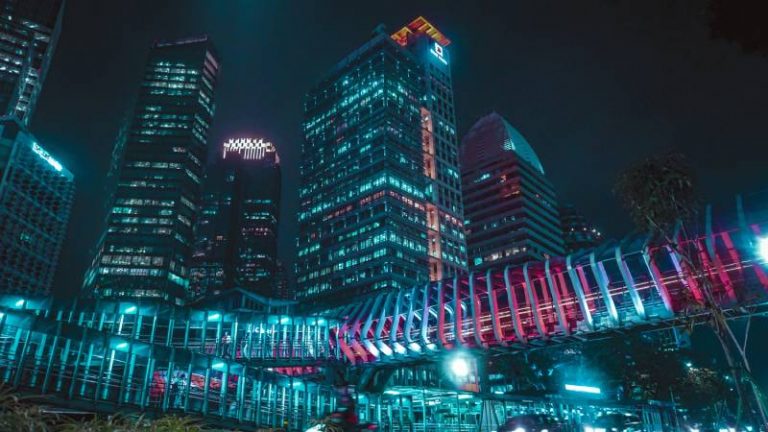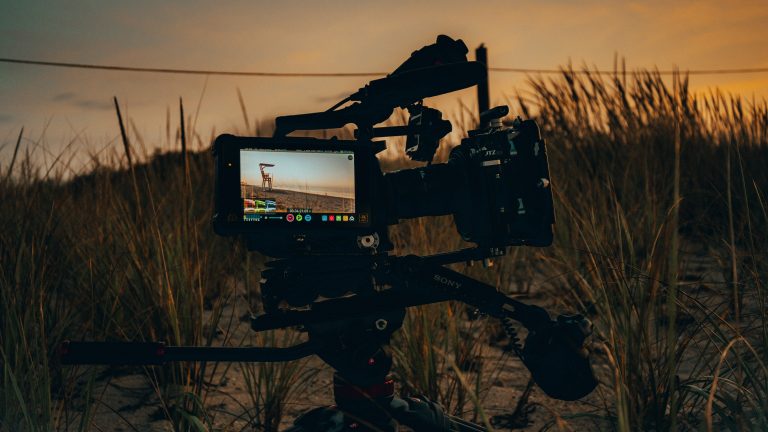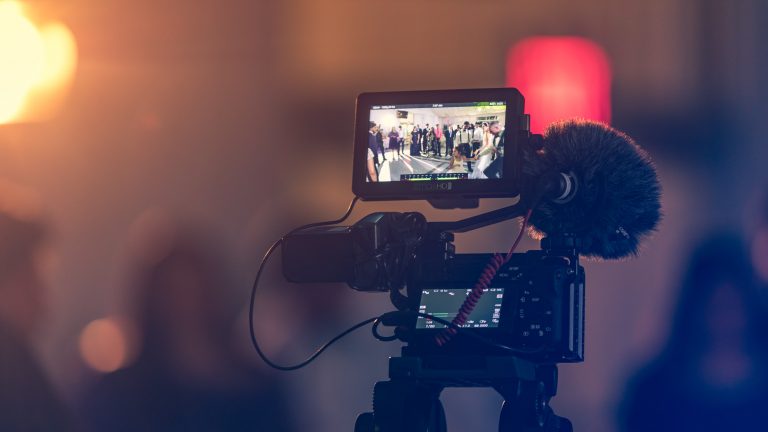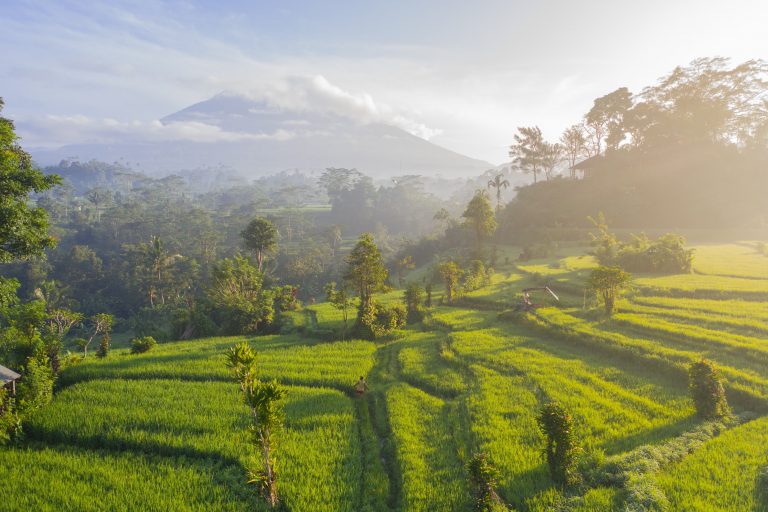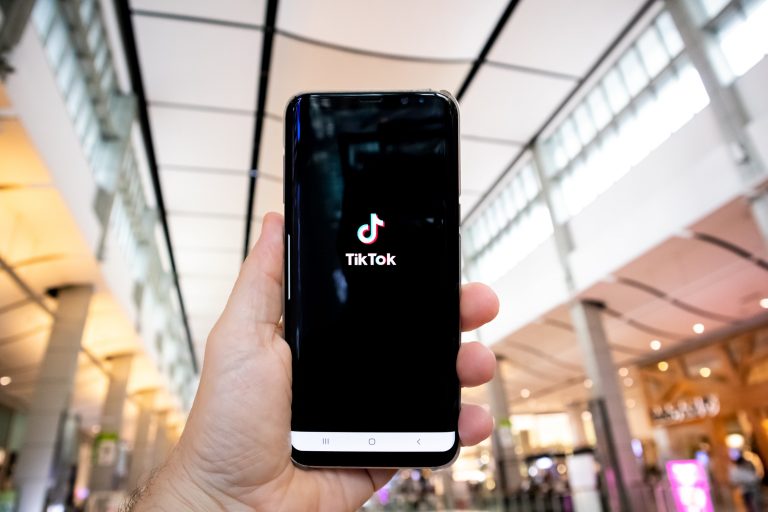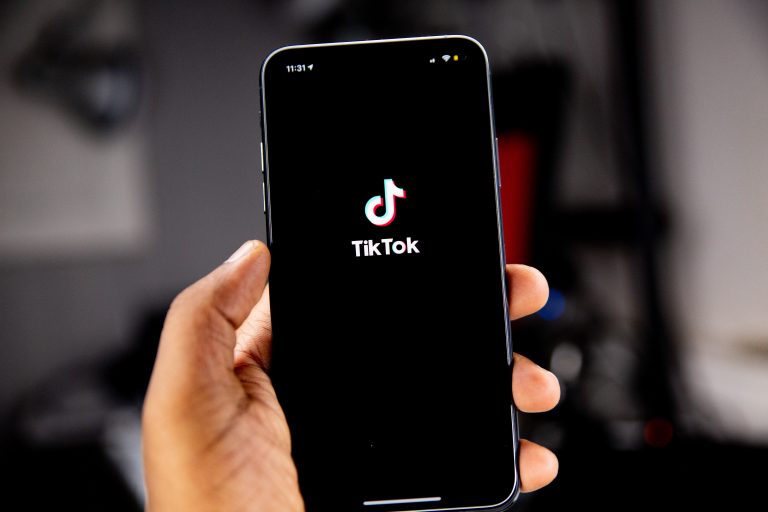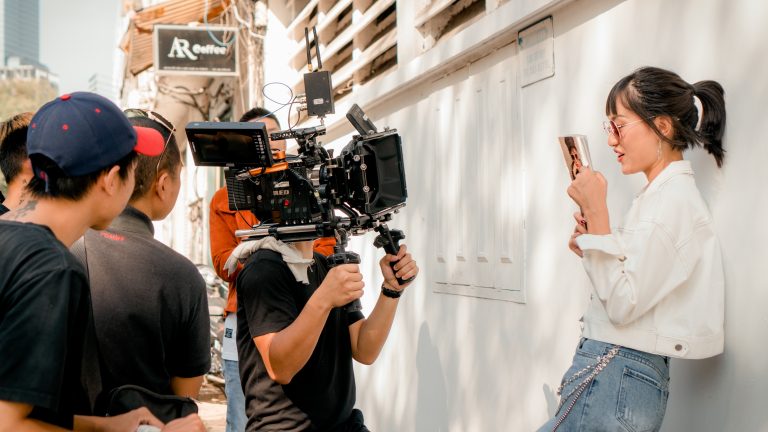
5 Stages of Movie Production
Movie production is a lengthy, multi-step process of making movies that can sometimes take years to complete.
Each phase has a different purpose, with the overarching goal to get to the next one, and ultimately on to distribution. Each stage varies in length, and different roles suit different stages.
Below are the five key stages in getting a film from an initial idea through to watching it on the big screen!
1. Development
This is where the project is birthed. It is the creation, writing, organizing and planning stage of a project. In development, a preliminary budget is made, key cast are attached, key creatives are chosen, main locations scouted and multiple script drafts may be written. It’s all the groundwork to show what the project will be and how much it will cost to make. It starts the moment a Producer thinks of a project or a Writer starts penning words on a page.
2. Pre-production
Pre-production (or ‘pre’ as it’s called) is where scripts are amended, budgets are adjusted, actors are cast, locations scouted, the crew employed, shooting schedules amended, sets designed and built, costumes made and fitted, and everything to do with the shoot is planned and tested. The pre-production stage can last many months from the initial greenlighting of a project to when cameras actually roll. As this date draws closer, the crew grows with many people being employed about two to eight weeks before the shoot starts.
3. Production
The production stage is where the rubber hits the road. The Writer, Director, Producer, and countless other creative minds finally see their ideas captured on film, one day at a time. Production is usually the shortest of the five phases, even though it is paramount to the film and where most of the budget is allotted. Production is the busiest time, with the crew swelling to hundreds and the days becoming longer in order to be as efficient as possible with all the gear and locations on hire.
4. Post-production
This is where the footage is edited, the sound is mixed, visual effects are added, a soundtrack is composed, titles are created, and the project is completed and prepared for distribution. Although the shooting crew has done a lot of hard work, now the post-production crew face arduous hours of work ahead of them to piece together the scenes and craft a stunning story.
Post-production begins while the shoot is still going, as the footage is gathered as soon as the first day of shooting commences. This helps see the project finished as soon as possible, but can also help identify problems with the footage or any gaps in the story while the shoot is still happening. If needed, shots can be picked up on later days without too much interference in the shooting schedule.
5. Distribution
Without a stringent and robust distribution strategy, the other four stages of production are somewhat redundant, at least from a business perspective. Distribution is the final stage in a project for producers looking to make a return-on-investment. This can be from cinema distribution, selling to a TV network or streaming service, or releasing direct to DVD.
Whatever the distribution plan is, the producers will have spent many hours planning and marketing their piece to ensure the biggest audience and largest return. With the digital age and rapidly converging technologies, viewers are watching content in new and different ways, meaning that the distribution phase is constantly evolving.
Source: https://indiefilmhustle.com/5-stages-indie-film-production/
Follow Socials
Latest Posts

Influencer Marketing: How to Do It Right
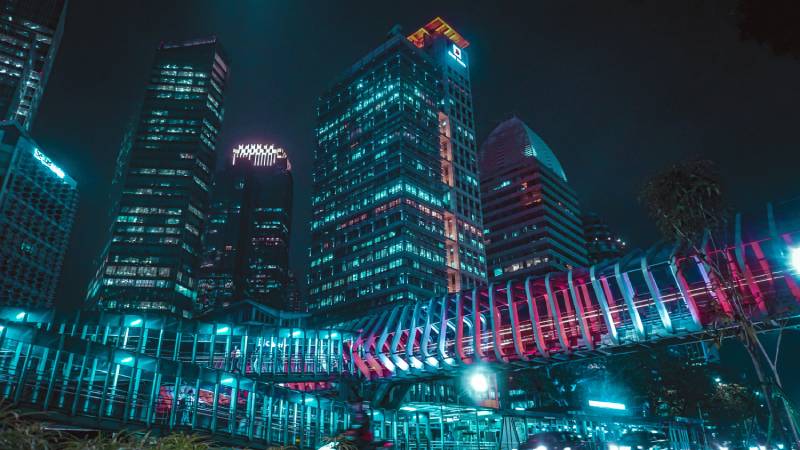
How to Win Indonesian Consumers Post-COVID

5 Tips on How to Be a Better TikTok Live Streaming Host

How to do Live Streaming on TikTok: The Ultimate Guide



